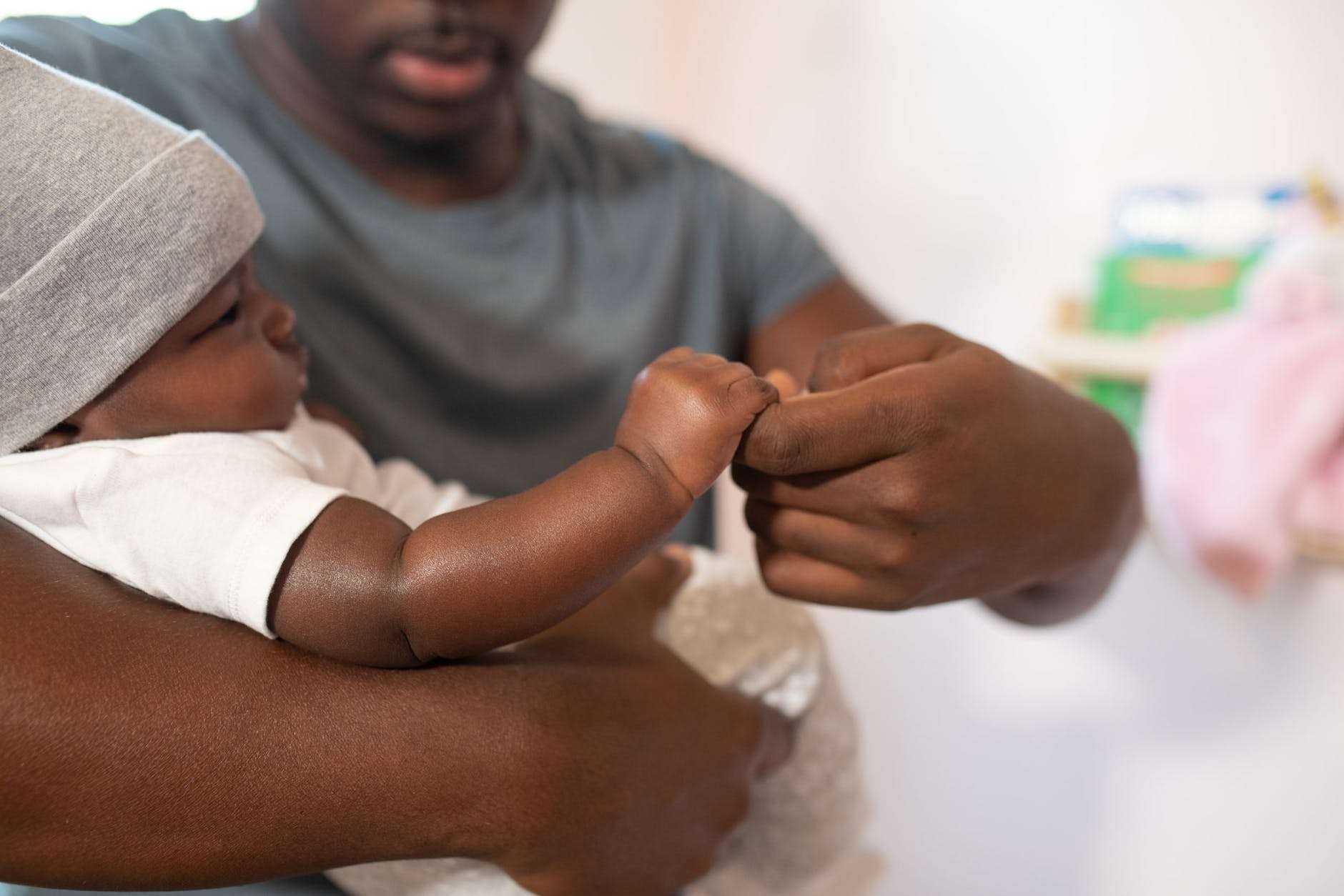on
BY SIMONE J. SMITH
You have just bathed your little one, and you are drying them off. You cream up their skin, and you reach for some Johnson & Johnson baby powder to put on their little bottom…
STOP!
People have been using Johnson & Johnson products for years, and there is no doubt that their products have become a staple in many people’s homes across North America.
What many people don’t know, however, is that Johnson & Johnson has been named in hundreds of thousands of lawsuits over the safety of its products. They have been named, and called out in numerous articles for different times in which their products caused harm and n the interest of giving our readers the details they need to make informed choices, we have to again blow the whistle on Johnson & Johnson for once again dealing in very unethical practices, this time practices that have directly infringed on African Americans health and well being.
Let’s first take a look at a past case and then we are going to learn about a recent lawsuit that I know is going to make you say, “What the hell? Johnson & Johnson, you have to do better!”
On July 19th, 2021, a class action lawsuit was reportedly filed against Johnson & Johnson claiming that the company’s OGX hair care products were causing significant hair loss.
The products were being sold at major national retailers, including: CVS. Walmart, Target, Ulta, CVS, and Walgreens.
The plaintiff, Larissa Whipple, an Illinois woman, cites the ingredient DMDM hydantoin as the main concern. What is DMDM? It is a preservative and antimicrobial agent sometimes found in hair care products. It’s considered a “formaldehyde donor,” meaning it releases a small amount of formaldehyde over time to keep the product fresh.
Unfortunately formaldehyde donors like this one have been linked to allergies, rashes, hair loss, and cancer. The Department of Health and Human Services’ National Toxicology Program has said, and it would be hard to imagine that Johnson & Johnson were unaware of that, and if they were, the next part of this story is something that they were definitely aware of.
Johnson & Johnson have now been put in the spotlight for being involved in injecting a group of majority-Black Pennsylvanians with highly-toxic asbestos to determine whether the substance was safe to use in talcum powder.
Shake my head!
Knowledge of these experiments has been in the public domain for years, as their existence was revealed in previous court cases related to Dow Chemical; the only thing is now J&J’s involvement has just come to light.
The story is that inmates at Holmesburg Prison in Philadelphia, were offered $10 to $300 – equivalent to between $100 to $2,500 in today’s money when adjusted for inflation to take part in the study though they were likely unaware of the significant risk they were undertaking, and this was due to lack of informed consent.
Participants were injected with asbestos and talc – a powder that forms the base of Johnson & Johnson’s iconic baby powder product. Asbestos, as many may know, is an extremely dangerous chemical that is tied to lung cancers, among other conditions. Asbestos has been linked to ovarian cancer in some women whose genitals are exposed to the mineral. It has also been tied to lung and laryngeal cancer. What researchers were hoping to determine whether asbestos could safely be used in talc-based powder without causing negative reactions from subjects.
Well, disastrously, many participants were gravely harmed. One was Leodus Jones, whose daughter described his injuries as so jarring that he had turned into a ‘monster’. Jones died in 2018 at the age 74, having suffered a lifetime of horrific pain as a result of the experiments.
Dow Chemical, a Michigan-based chemical manufacturing company and the U.S. government have been previously tied to these experiments. Documents confirming the company’s involvement were obtained by Bloomberg, tying Johnson & Johnson and the vaccine company to human experiments led by Dr Albert Kligman, a University of Pennsylvania dermatologist whose experiments on American citizens have been widely condemned as brutal and unethical.
Guess what! There are other studies conducted by Johnson & Johnson that were deemed unethical including a 1968 study where talc stored in different containers was exposed to the skin of 50 prisoners – 44 of which were black – to see if the type of storage caused any negative effects on the skin of a person. These experiments allegedly left the prisoners malformed and severely injured.
In October 2019, the FDA recalled the Johnson & Johnson powder after finding traces of asbestos in a bottle. The FDA then performed a review of Johnson & Johnson talc products and detected asbestos in nine of the 43 samples tested.
Readers, you may want to take a look at the ingredients that are in those vaccines that they have been distributing so freely, especially from manufacturers like Johnson & Johnson.
Community, we have to do better, we have to WAKE UP!
Stay in the loop with exclusive news, stories, and insights—delivered straight to your inbox. No fluff, just real content that matters. Sign up today!
We, as humans are guaranteed certain things in life: stressors, taxes, bills and death are the first thoughts that pop to mind. It is not uncommon that many people find a hard time dealing with these daily life stressors, and at times will find themselves losing control over their lives. Simone Jennifer Smith’s great passion is using the gifts that have been given to her, to help educate her clients on how to live meaningful lives. The Hear to Help Team consists of powerfully motivated individuals, who like Simone, see that there is a need in this world; a need for real connection. As the founder and Director of Hear 2 Help, Simone leads a team that goes out into the community day to day, servicing families with their educational, legal and mental health needs.Her dedication shows in her Toronto Caribbean newspaper articles, and in her role as a host on the TCN TV Network.












